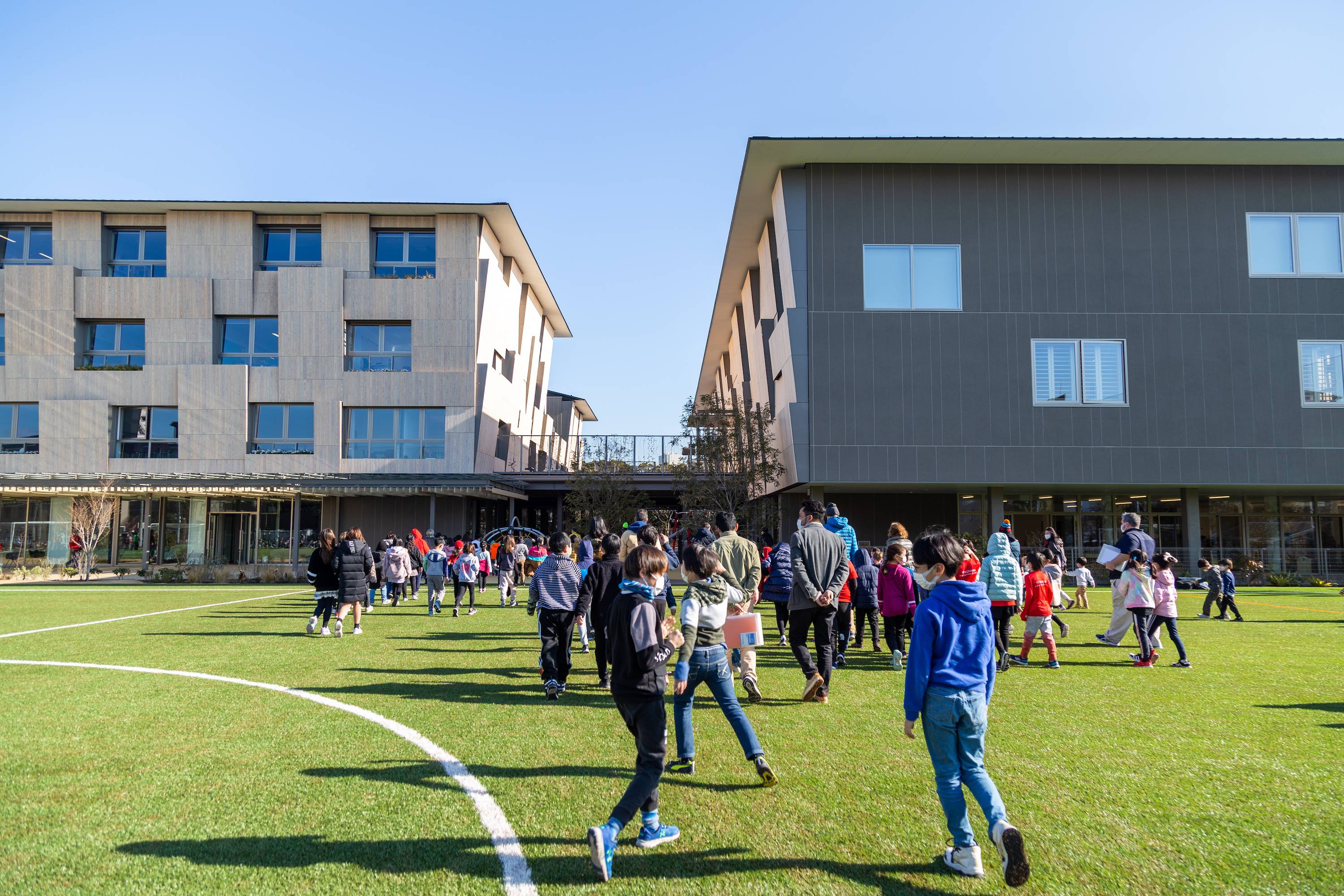Plans to renovate established international schools in and around Tokyo are underway as administrators look to update facilities in line with global learning trends and maintain a competitive edge over their rivals.
With Asian international schools having popped up in Tokyo in the last two decades, giving families looking for an international learning experience more options, renovating facilities is or had been at the top of the to-do list for legacy institutions such as Yokohama International School (YIS), the American School in Japan (ASIJ), Saint Maur International School and the British School in Tokyo (BST).
“The landscape of education has changed dramatically. ... I've seen more dramatic change in the last three or four (years) than I think I saw in the previous 30,” ASIJ Head of School Jim Hardin said in April as he revealed the renewal plan for its campus, which is set be implemented over the next decade or so.


















With your current subscription plan you can comment on stories. However, before writing your first comment, please create a display name in the Profile section of your subscriber account page.